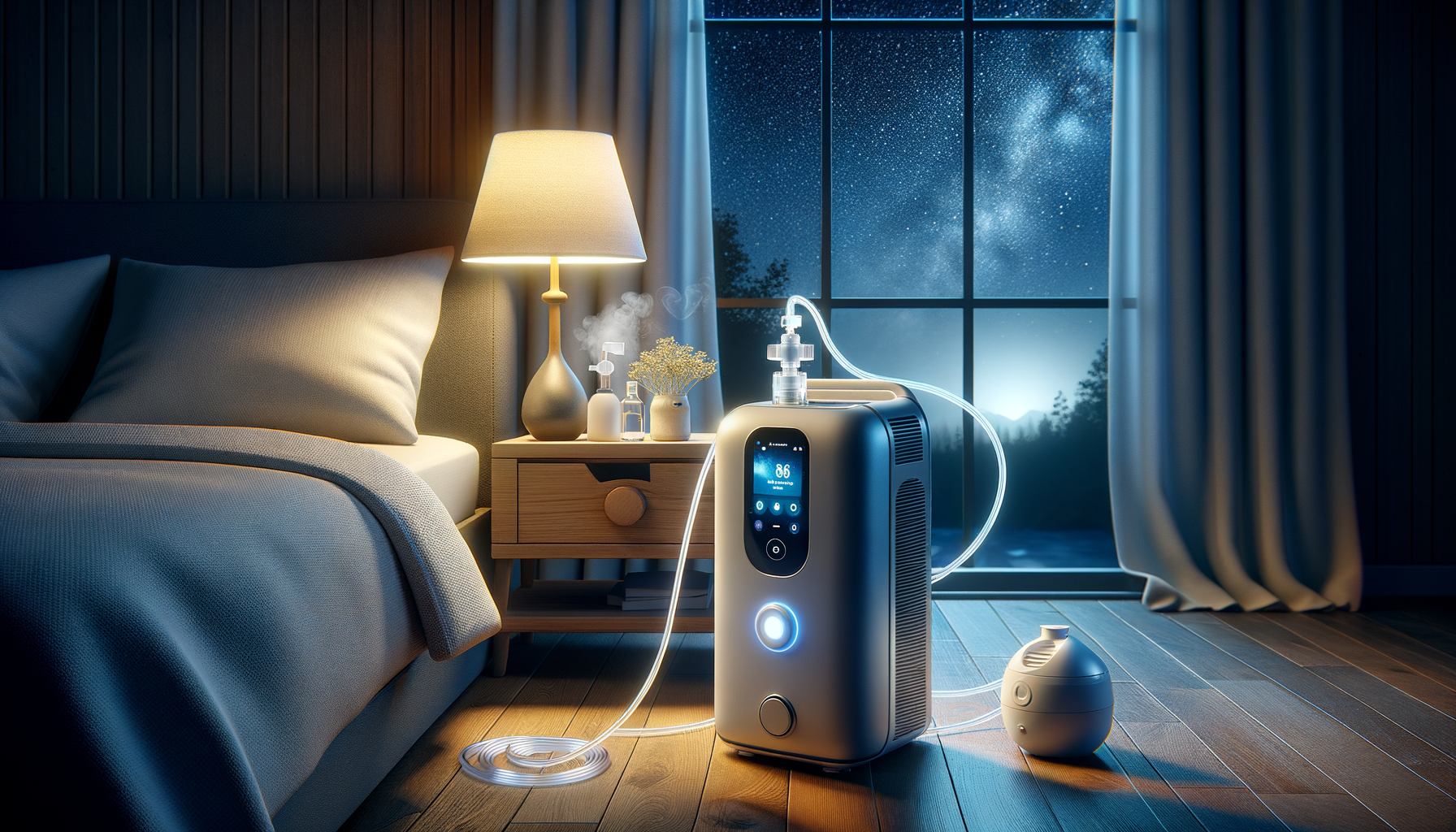What To Know About Nighttime Oxygen Therapy For COPD In Seniors
What considerations are relevant regarding the use of supplemental oxygen during nighttime hours for older individuals with COPD? Exploring this specific application of oxygen therapy involves understanding its purpose and implementation. The following details aim to provide information about this type of treatment scenario.

Understanding Oxygen Therapy for COPD
Chronic Obstructive Pulmonary Disease (COPD) is a progressive lung condition that significantly affects breathing. Oxygen therapy, particularly during nighttime, has become a crucial component in managing this condition for many seniors. This therapy involves the administration of supplemental oxygen to maintain adequate oxygen levels in the blood, which is essential for those with compromised lung function.
The benefits of nighttime oxygen therapy for COPD in seniors are numerous. Primarily, it helps in reducing the strain on the heart caused by low oxygen levels, potentially lowering the risk of complications such as heart failure. Moreover, maintaining optimal oxygen levels overnight can improve sleep quality, which is often disrupted in COPD patients due to breathing difficulties. Improved sleep can lead to better overall health outcomes, including enhanced cognitive function and mood.
Oxygen therapy is not a one-size-fits-all solution; it requires careful assessment and customization. Healthcare providers typically conduct tests to determine the appropriate oxygen levels needed for each individual. These evaluations ensure that seniors receive the right amount of oxygen to meet their specific needs.
How Nighttime Oxygen Therapy Improves COPD Symptoms in Seniors
Nighttime oxygen therapy plays a pivotal role in alleviating COPD symptoms, particularly for seniors who experience worsened symptoms during sleep. One of the key ways it helps is by preventing nocturnal hypoxemia, a condition where blood oxygen levels drop significantly during sleep. This drop can exacerbate COPD symptoms, leading to increased breathlessness and fatigue upon waking.
By providing a steady supply of oxygen throughout the night, therapy ensures that seniors maintain stable oxygen levels, which can lead to a noticeable improvement in their overall well-being. This stability helps reduce the frequency of nighttime awakenings caused by shortness of breath, allowing for more restful sleep.
Moreover, consistent oxygen levels can also help in reducing morning headaches and confusion, which are often symptoms of low oxygen levels during the night. Seniors who undergo this therapy frequently report feeling more energized and alert during the day, contributing to an improved quality of life.
Tips for Managing Nighttime Oxygen Therapy for COPD in Seniors
While the benefits of nighttime oxygen therapy for COPD in seniors are clear, managing this treatment effectively is crucial for maximizing its advantages. Here are some practical tips to consider:
- Regular Equipment Checks: Ensure that oxygen delivery systems are functioning properly. Regular maintenance and checks can prevent disruptions in therapy.
- Comfort and Fit: Choose masks or nasal cannulas that fit comfortably and securely to avoid discomfort or air leaks during sleep.
- Monitor Oxygen Levels: Use pulse oximeters to regularly monitor oxygen saturation levels, ensuring they remain within the recommended range.
- Consult Healthcare Providers: Regular consultations with healthcare providers can help adjust oxygen levels as needed, based on the patient’s condition and response to therapy.
Additionally, educating seniors and their caregivers about the importance of adhering to prescribed oxygen levels is vital. Encouraging open communication with healthcare providers can also help address any concerns or issues that may arise during therapy.